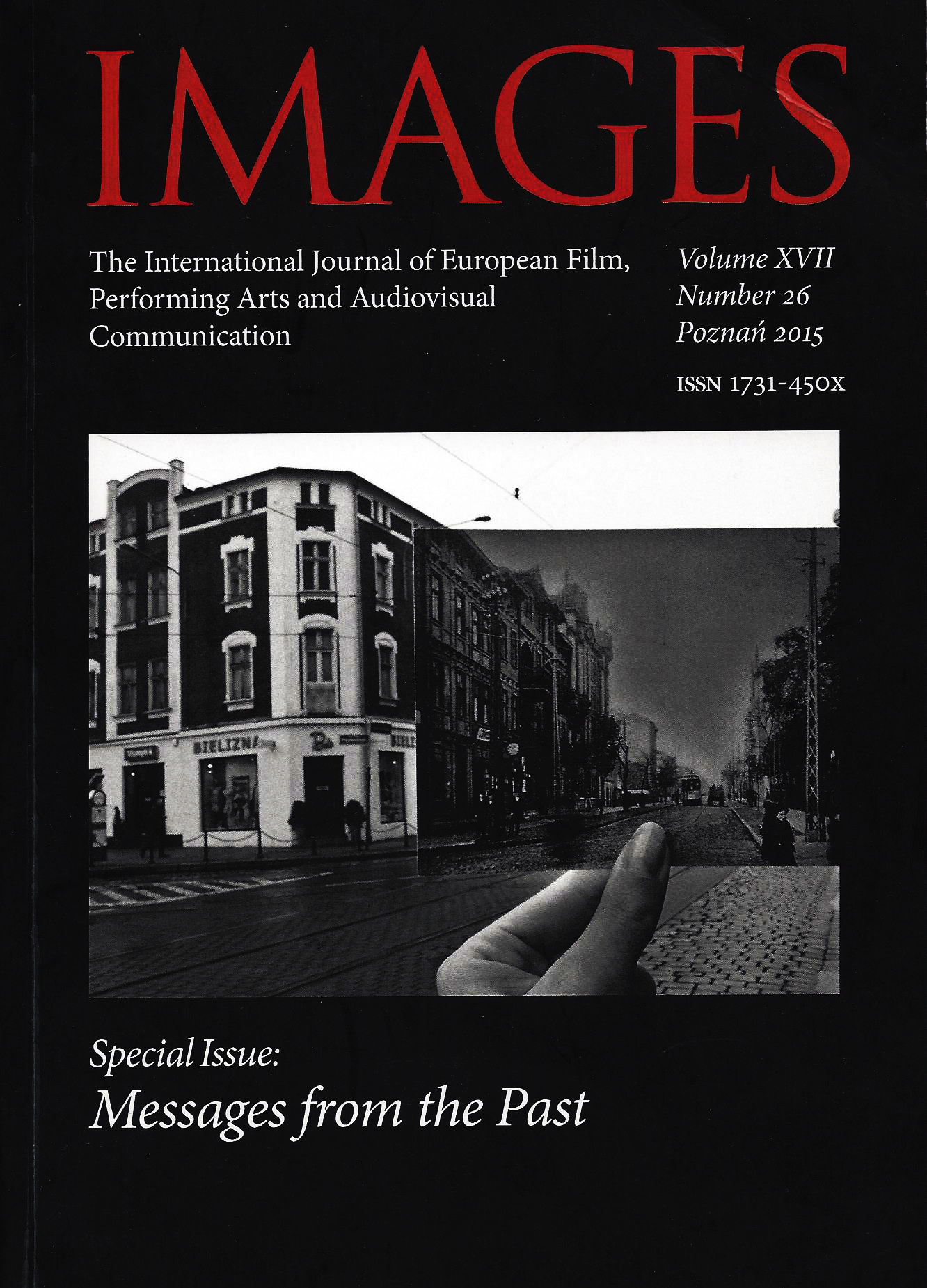"Czeski błąd" i polski "Kret". O różnych filmowych obliczach lustracji
"Czeski błąd" i polski "Kret". O różnych filmowych obliczach lustracji
Author(s): Piotr PomostowskiSubject(s): History, Film / Cinema / Cinematography
Published by: Uniwersytet Adama Mickiewicza
Keywords: ilustration; modern history; The Mole; Kawasaki's Rose; historical and cultural conditions; images of Polish and Czech societies; Central European cinematographic;
Summary/Abstract: The issue of settling accounts with modern history is a topic often taken up in contemporary Polish cinematography. The delicate and intriguing problems of lustration, memory, guilt, and forgiveness are, however, not only a Polish concern. In 2009, Kawasaki’s Rose, directed by Jan Hřebejku, was presented during the Berlinale. Almost a year later, Rafael Lewandowski’s debut film The Mole was released in Polish cinemas. Both the Czech and the Polish productions constitute attempts at facing the embarrassing problem faced by Poles and Czechs in terms of the problems mentioned above. A closer look at the phenomenon, viewed from two different perspectives (Polish in The Mole and Czech in Kawasaki’s Rose), provides a particularly interesting angle for analyzing this subject. In the article, the works of Rafael Lewandowski and Jan Hřebejk are compared in an effort to answer the question of what image of society emerges from these films. How do different historical and cultural conditions influence the process of shaping people’s attitudes in the face of similar problems. The author performs a film study analysis on these works, based on interviews with their authors and important reviews of them. Literary works that are topically connected with them, including Revised Edition by Péter Esterházy and The Curtain by Milan Kundera, constitute an essential context.
Journal: Images. The International Journal of European Film, Performing Arts and Audiovisual Communication
- Issue Year: 11/2012
- Issue No: 20
- Page Range: 83-92
- Page Count: 10
- Language: Polish

